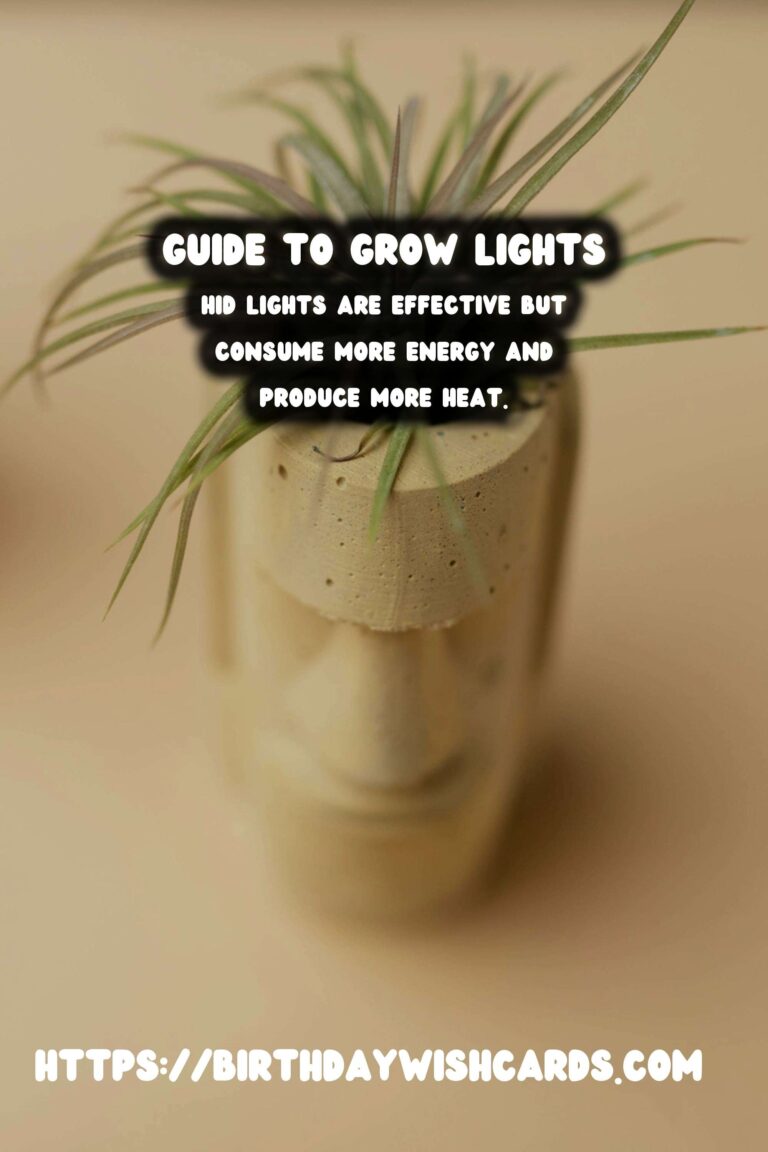
Growing plants indoors has become increasingly popular, especially with the advent of advanced grow light technologies. The key to successful indoor gardening lies in understanding the plant light spectrum and how grow lights can mimic natural sunlight to promote healthy plant growth. In this article, we will delve into the intricacies of light spectrum for plants and how different types of grow lights can be used to optimize plant development.
What is the Light Spectrum?
The light spectrum refers to the range of wavelengths of light that are visible to the human eye, as well as those that are not. This spectrum includes ultraviolet (UV) light, visible light, and infrared (IR) light. Plants use certain portions of the light spectrum for photosynthesis, which is the process by which they convert light energy into chemical energy.
Photosynthetically active radiation (PAR) is the range of light wavelengths from 400 to 700 nanometers that plants use for photosynthesis. Within this range, different colors of light can affect plant growth in various ways. For instance, blue light (around 450 nm) is crucial for vegetative growth, while red light (around 660 nm) is important for flowering and fruiting.
Types of Grow Lights
There are several types of grow lights available, each with its own advantages and disadvantages. Let’s explore some of the most common types:
LED Grow Lights
LED (Light Emitting Diode) grow lights are among the most popular choices for indoor gardening. They are energy-efficient, produce minimal heat, and can be tailored to emit specific light spectra that match plants’ needs. LEDs have a long lifespan and are available in various configurations to suit different growing environments.
Fluorescent Grow Lights
Fluorescent grow lights are another popular option, especially for seedlings and young plants. They are affordable and provide a broad spectrum of light. However, they are less efficient than LEDs and have a shorter lifespan. T5 fluorescent lights are commonly used because of their high output and low heat production.
HID Grow Lights
HID (High-Intensity Discharge) grow lights, such as Metal Halide (MH) and High-Pressure Sodium (HPS) lamps, have been used for decades in commercial and hobbyist indoor gardens. MH lamps emit a blue-white light spectrum ideal for vegetative growth, while HPS lamps provide a red-orange spectrum beneficial for flowering. Though effective, HID lights consume more energy and produce more heat compared to LEDs and fluorescents.
Choosing the Right Grow Light
Selecting the right grow light depends on several factors, including the type of plants you are growing, the growth stage of your plants, and your budget. It’s important to consider the light intensity, spectrum, and coverage area when making your choice. Combining different types of lights can also be an effective strategy to achieve a balanced light spectrum that meets all the needs of your plants.
Conclusion
Understanding the plant light spectrum and the role of grow lights is essential for successful indoor gardening. By choosing the right grow lights and optimizing light conditions, you can ensure that your plants receive the necessary energy for healthy growth and development. Whether you are a beginner or an experienced gardener, mastering the use of grow lights can significantly enhance your indoor gardening experience.
The light spectrum includes ultraviolet, visible, and infrared light, all of which play roles in plant growth. Photosynthetically active radiation (PAR) is crucial for photosynthesis in plants. LED grow lights are popular for their energy efficiency and customizable light spectra. Fluorescent lights, especially T5, are good for seedlings and young plants. HID lights are effective but consume more energy and produce more heat. Choosing the right grow light involves considering plant type, growth stage, and budget. 
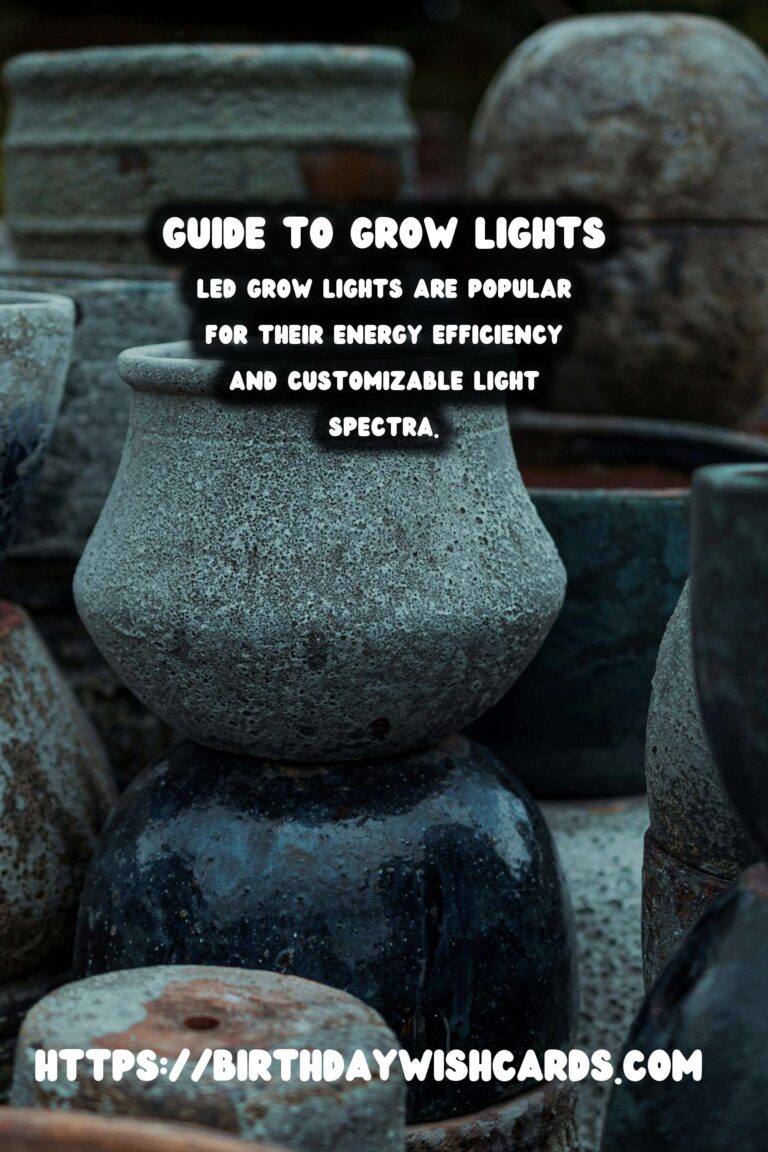
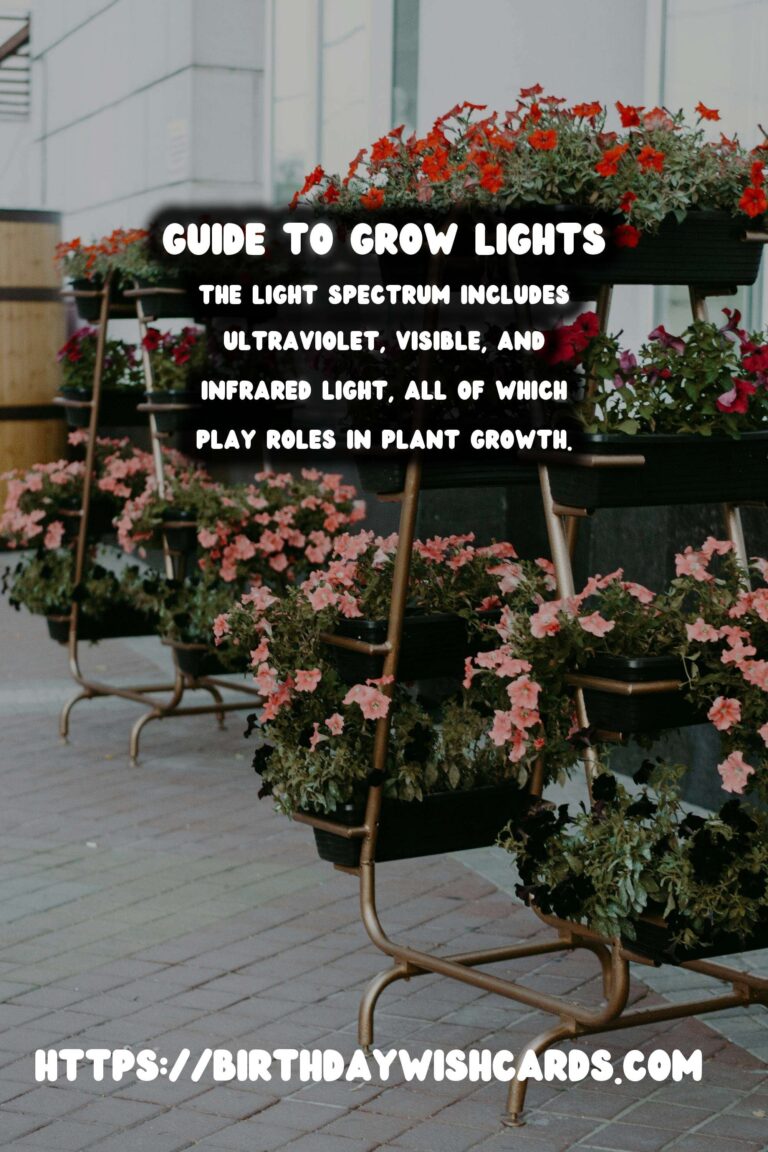
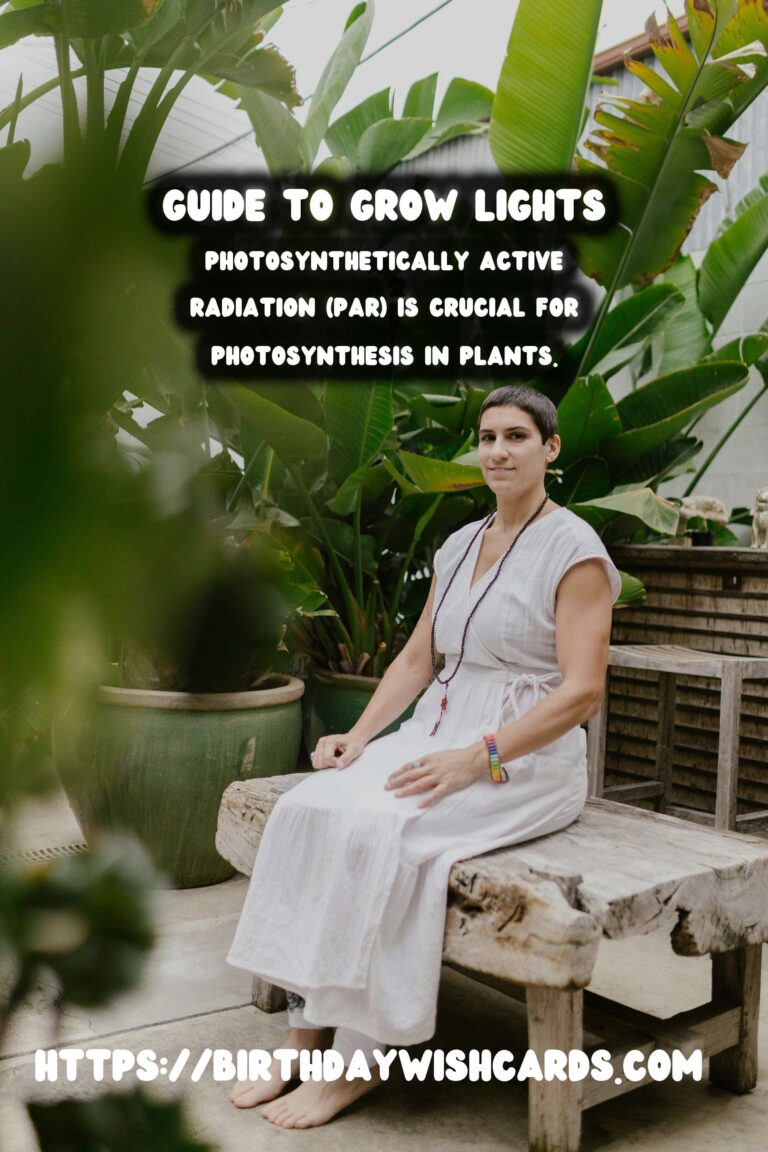
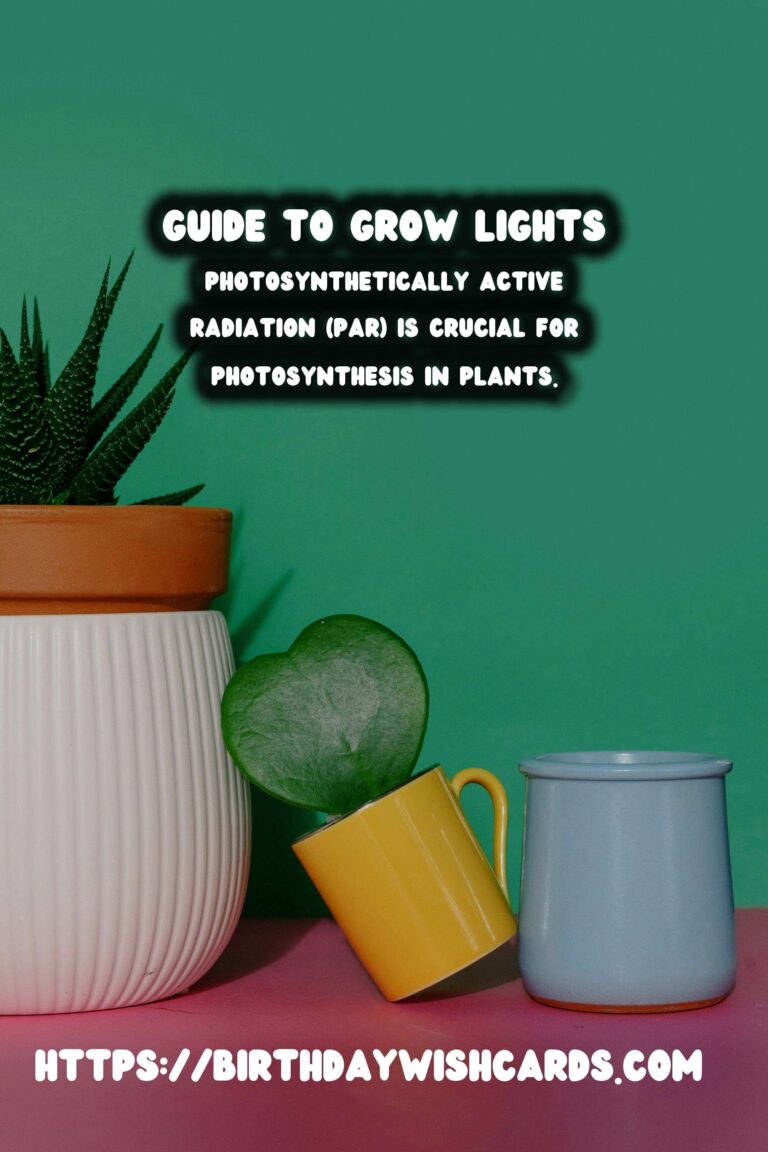
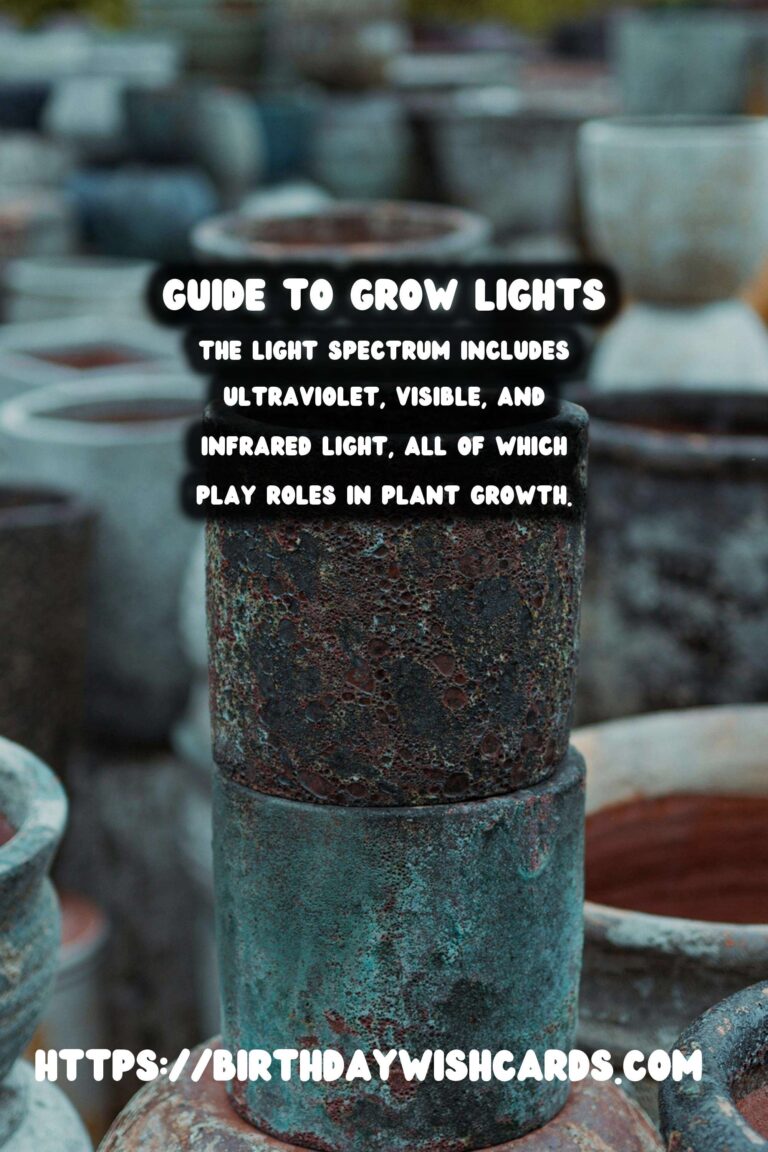
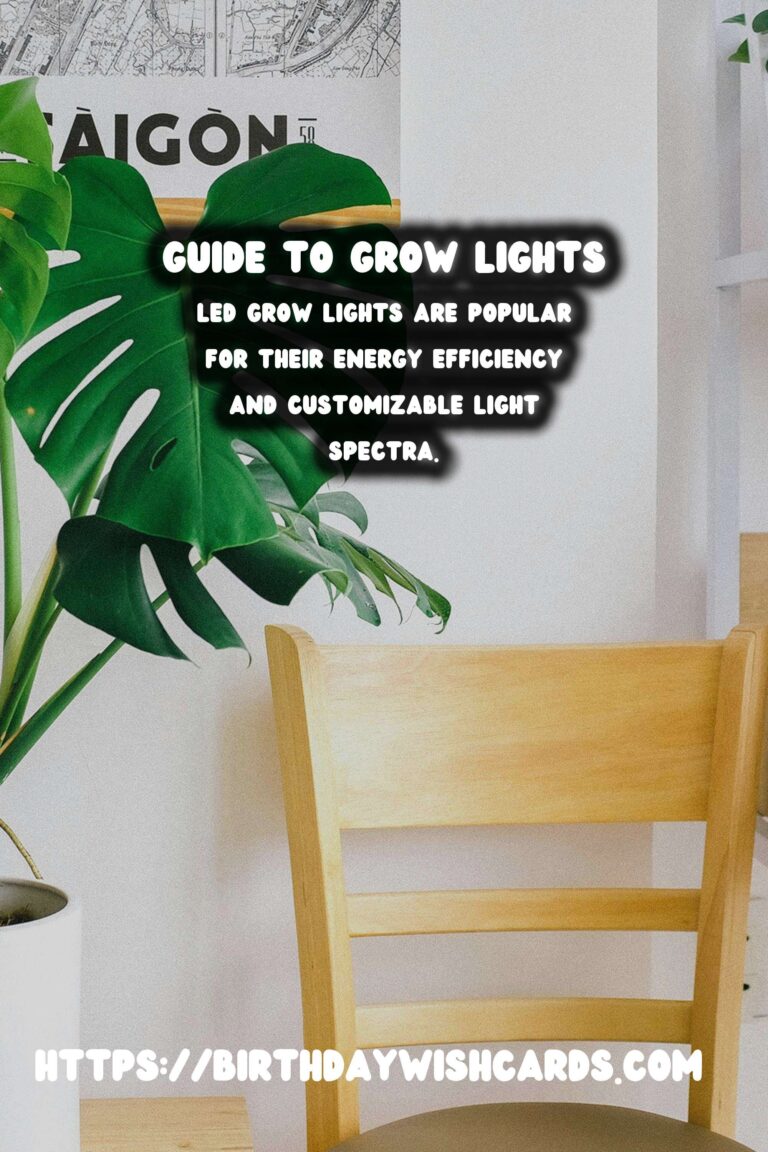
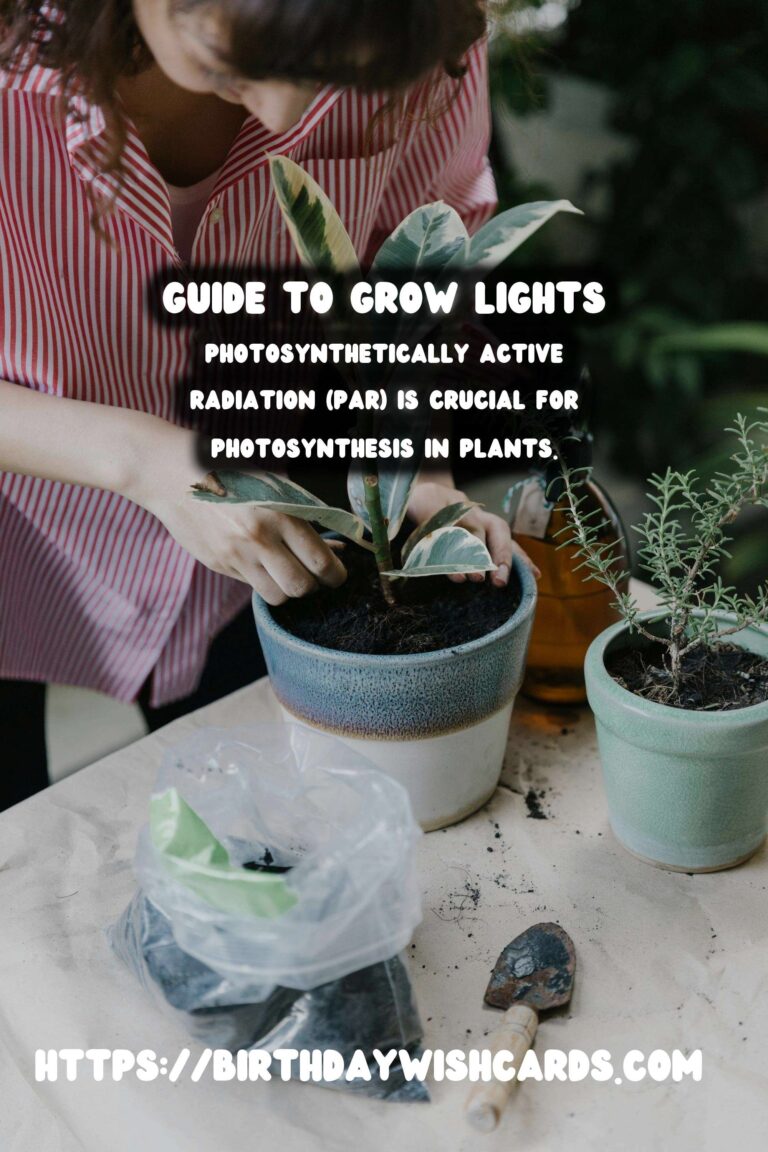
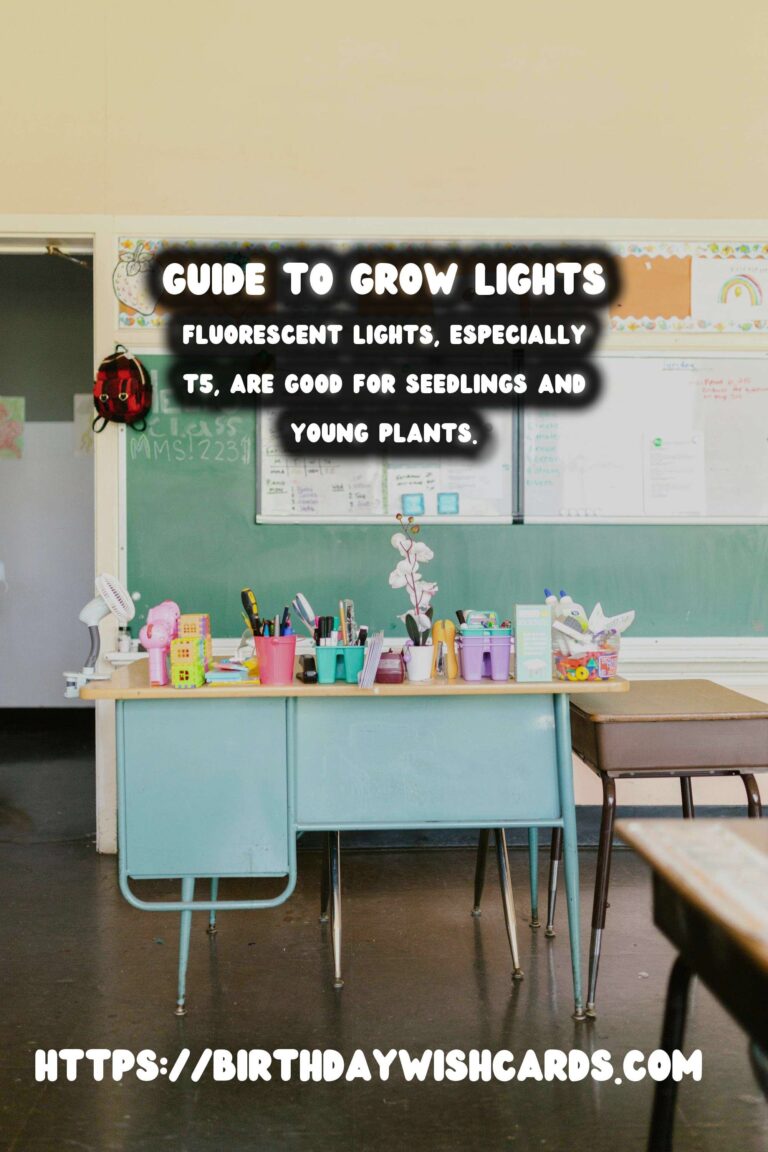
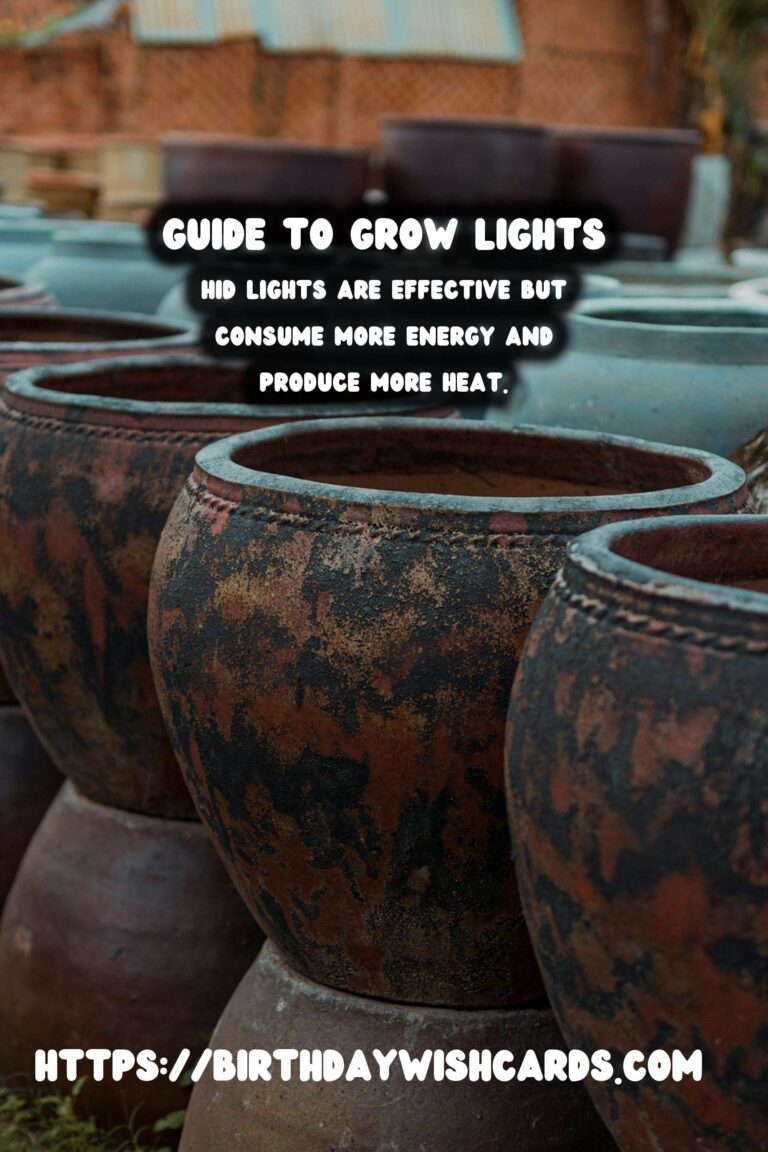
#GrowLights #PlantLightSpectrum #IndoorGardening #LEDGrowLights #Photosynthesis



